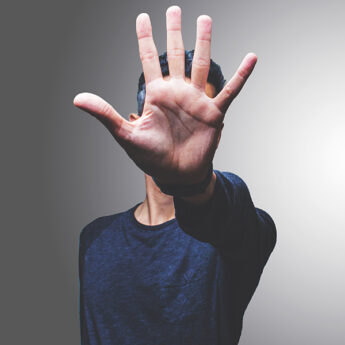- Start fitness regime two months prior to skiing or snowboarding
- Boost strength and agility with exercises and running or cycling
- Stretch your back, hips, calves and muscles before activity
An evening relaxing in front of a log fire or enjoying a soothing hot spring is all the better when reflecting on a sensational day on the slopes. Starting a strength and agility programme 12 weeks before your winter sports activities will enhance your performance and enjoyment.
For skiing, work on the large muscles: quadriceps, hamstrings, gluteals and core. A degree of mobility and flexibility will help prevent injury.
Snowboarding requires different movements and control, but leg strength and flexibility are still essential to cope with tumbles and twists.
Benefits of training
- Improved performance and endurance
- Easier recovery and less muscle soreness
- Reduced risk of injury
Ideally three months prior to your winter sports activities, start doing double-leg exercises such as squats, dead lifts and step-ups. As higher repetitions of these will help you gain strength and control, do 10–12 repetitions and repeat four sets of each exercise. Move quickly between exercises to build strength and endurance.
Squats
Aim for full-depth squats. Control your hip alignment and avoid your knees dropping inward over your feet. Initially, work with a bench behind you to ensure you are safe to take it low.
Bridge
Engage abdominal and buttock muscles to resist arching the lumbar spine, and use the hamstring and gluteal muscles to lift your hips from the floor.
Step-ups
Standing in front of a 30–40cm platform, step up, ensuring that as you drive the leg, you are engaging your gluteal muscles. Step down with the trailing leg and repeat.
One month ahead, reduce repetitions to three sets of 8–10 repetitions, adding resistance in the form of weights. Start single-leg exercises, such as single-leg squats, bridges and lunges. These have been shown to increase strength more effectively than bilateral movements.
Single-legged bridge
With one foot raised off the floor, engage abdominal and gluteal muscles as you lift your hips from the floor while keeping your pelvis level.
Single-legged squat to chair
Maintain hip–knee alignment as you lower and raise slowly.
Forward lunge
Standing, take a large stride forward with one foot, dropping your back knee toward the floor while keeping your front hip and knee aligned. Ensure your front knee does not come in front of your ankle, and keep your trunk upright. Press off your front leg to return to the starting position. Alternate legs.
Lateral bound
Standing on both feet, bound sideways and land on one leg, lunging slightly while ensuring your knee remains aligned over your foot.
Endurance and flexibility
Include cardiovascular exercise such as running and cycling. A month before your trip, reduce the distance you are running or cycling and increase the speed. Try doing higher intensity intervals to mimic demands on-piste, such as 20 seconds using 85% effort, followed by 90 seconds at a reduced tempo. Repeat in 10-minute blocks, with a short recovery between sets.
Stretching your back and hips, as well as your calves, quadriceps and hamstring muscles, will help you enjoy trouble-free snow days.
Follow this plan and you will see results on the slopes, whether in the final run of the day or in simply being able to stave off afternoon tiredness.
Disclaimer: This information is designed to supplement a fitness programme. Consult your doctor before commencing unaccustomed exercise or if you experience discomfort during exercise.








